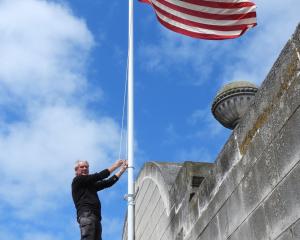
The pair gave evidence on Meridian's behalf to the Environment Court hearing.
The scheme would take up to 260cumecs of water, leaving a variable monthly flow of between 110 and 150cumecs.
Eric Graynoth said that reduction in the river would have no significant adverse impacts on salmon or trout.
The area and quality of spawning habitat may decline, but there should be sufficient left both between the dam and Stonewall and elsewhere in the river to support current stocks.
Mr Graynoth said it was difficult to predict the effect of the changed flows and didymo on food supplies for fish - although the supply of invertebrates might increase, they might either be too small to be eaten by fish, or concealed in the didymo.
The predicted impact of the scheme and reduced flows on the recruitment, food supplies, growth, size and abundance of trout and salmon were "generally neutral or favourable", he said.
John Hayes said the effects on salmon anglers by reduced flows were minor and some mitigation measures proposed by Meridian would improve the situation.
The reduction in flows and vegetation clearance would improve access for anglers on foot, which might be viewed unfavourably by anglers with boats.
One loss would be the "big river" experience between the dam and Stonewall, but that would still continue below the outfall of the scheme.
Another issue for salmon anglers was improved water clarity between the dam and Stonewall. Salmon anglers have greater success in water with reduced clarity.
Dr Hayes said mitigation measures, including flushing flows during the salmon angling season, would help mitigate this.
However, some witnesses for the Lower Waitaki River Management Society, which opposes the scheme, dispute Meridian's findings and will present evidence next week.













